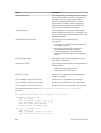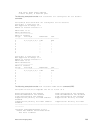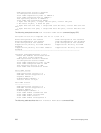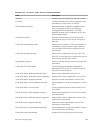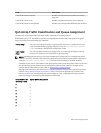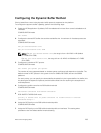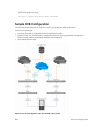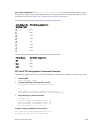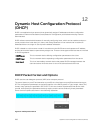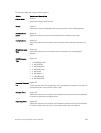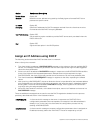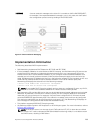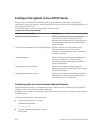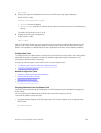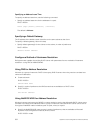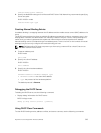
12
Dynamic Host Configuration Protocol
(DHCP)
DHCP is an application layer protocol that dynamically assigns IP addresses and other configuration
parameters to network end-stations (hosts) based on configuration policies determined by network
administrators.
DHCP relieves network administrators of manually configuring hosts, which can be a tedious and error-
prone process when hosts often join, leave, and change locations on the network and it reclaims IP
addresses that are no longer in use to prevent address exhaustion.
DHCP is based on a client-server model. A host discovers the DHCP server and requests an IP address,
and the server either leases or permanently assigns one. There are three types of devices that are involved
in DHCP negotiation:
DHCP Server This is a network device offering configuration parameters to the client.
DHCP Client This is a network device requesting configuration parameters from the server.
Relay Agent This is an intermediary network device that passes DHCP messages between the
client and server when the server is not on the same subnet as the host.
DHCP Packet Format and Options
DHCP uses the user datagram protocol (UDP) as its transport protocol.
The server listens on port 67 and transmits to port 68; the client listens on port 68 and transmits to port
67. The configuration parameters are carried as options in the DHCP packet in Type, Length, Value (TLV)
format; many options are specified in RFC 2132. To limit the number of parameters that servers must
provide, hosts specify the parameters that they require, and the server sends only those parameters.
Some common options are shown in the following illustration.
Figure 31. DHCP packet Format
296
Dynamic Host Configuration Protocol (DHCP)



